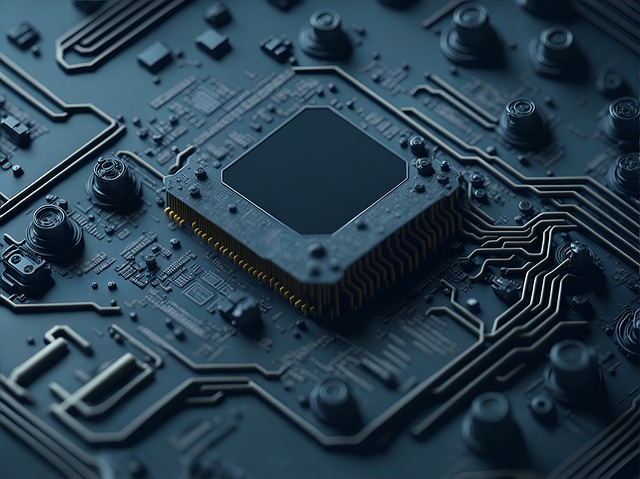 Photo Credit: from
Photo Credit: from
The global graphic processing unit (GPU) market is expected to grow 34% over the next 10 years to reach $773.07 billion by 2032 from $42.2 billion in 2022. The growth is driven by the emergence of machine learning and artificial intelligence that require a larger dataset. Such large datasets are best handled by GPUs that can run parallel processing. New York-based CoreWeave is becoming a big player in the industry by providing companies with access to flexible cloud infrastructure processing solutions.
CoreWeave’s Offerings
CoreWeave was founded in 2017 by three commodities traders, Brannin McBee, Brian Venturo, and Michael Intrator, who wanted to turn their cryptocurrency mining hobby into an Ethereum mining company that uses GPUs to verify blockchain transactions. Within two years, the company had pivoted to providing cloud infrastructure out of its New Jersey data center. Co-founder Venturo had cheaply acquired GPUs from insolvent cryptocurrency mining farms as part of this pivot. Today, CoreWeave offers flexible cloud infrastructure with better processing needed to train large language models for AI.It is known for its Kubernetes-native infrastructure that has been purpose-built for compute intensive use cases like machine learning, VFX rendering, Pixel Streaming, and batch processing that . Since the beginning, CoreWeave has partnered extensively with Nvidia. Nvidia’s broadest set of high-end GPUs is the foundation of its infrastructure. CoreWeave claims that its biggest differentiator is the freedom and power that it gives its clients to scale up and down in seconds. Its client list includes generative AI companies like Inflection AI, Tarteel AI, and Anlatan; VFX and animation studios such as Spire Animation; and 3D streaming and ‘metaverse’ companies such as PureWeb. As of April 2023, CoreWeave had over 1,000 customers across its four key verticals of machine learning and AI, batch processing, pixel streaming, and visual effects and rendering. CoreWeave is hoping to make big inroads into other industries such as life sciences for areas like drug discovery, protein folding simulations, molecular discovery, and genetics testing.The global cloud infrastructure market has been dominated by the likes of AWS, Google, and Microsoft Azure. CoreWeave may not be able to compete with these giants, but it believes that these companies have failed to ” CoreWeave’s partnership with Nvidia has been critical in helping it succeed. Last year, Nvidia announced plans to divert scarce H100 GPUs to CoreWeave. These chips were used as collateral to help CoreWeave raise $2.3 billion in a debt facility led by Magnetar Capital and Blackstone. Till they are successful, these big players will be stuck reaching out for Nvidia’s chips that are with CoreWeave, thus helping Nvidia to continue to maintain a grip on the market.
CoreWeave’s Financials
CoreWeave is privately held and does not disclose its financials. However, reports last year suggested that the company was on a . The 2024 revenues are expected to be driven by a multi-billion dollar contract with Microsoft.CoreWeave has received over a billion dollars in funding from Magnetar Capital, Nvidia, Fidelity Management and Research Company, Investment Management Corporation of Ontario, Jane Street Capital, J.P. Morgan Asset Management, Goanna Capital, and Zoom Ventures. In April 2023, it raised $221 million in a funding round led by Magnetar Capital at a valuation of $2 billion. In December 2023, it raised $642 million in a round led by Fidelity Management and Research Company and saw its valuation grow to $7 billion. The company also has a $2.3 billion debt facility.More By This Author:
AI Unicorns: CoreWeave Benefits From Nvidia’s Partnership

